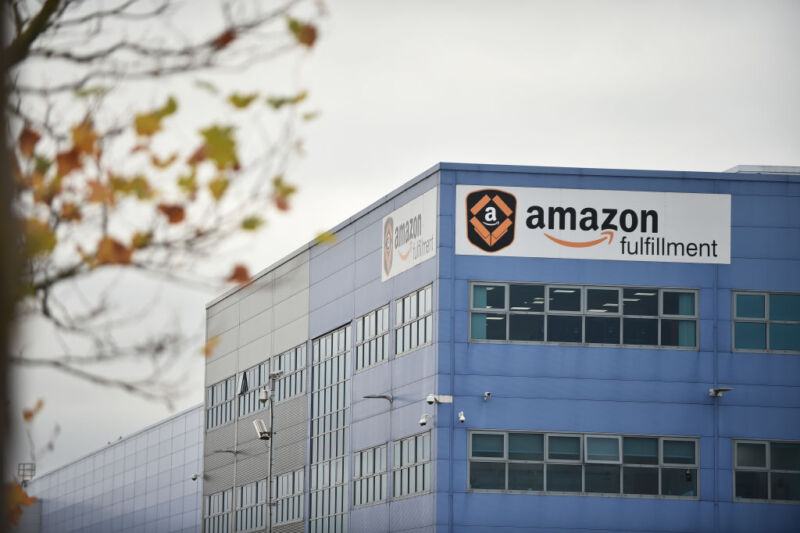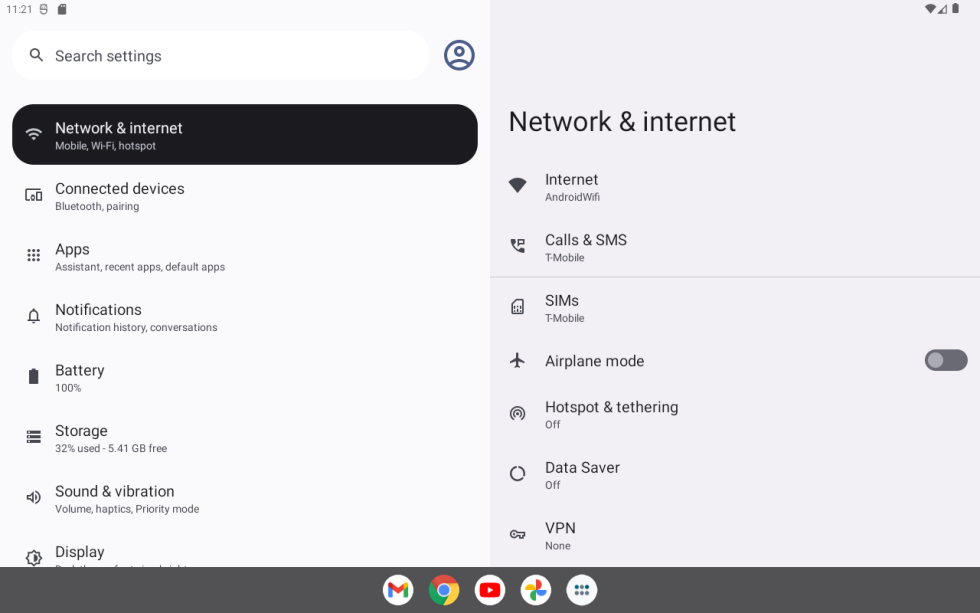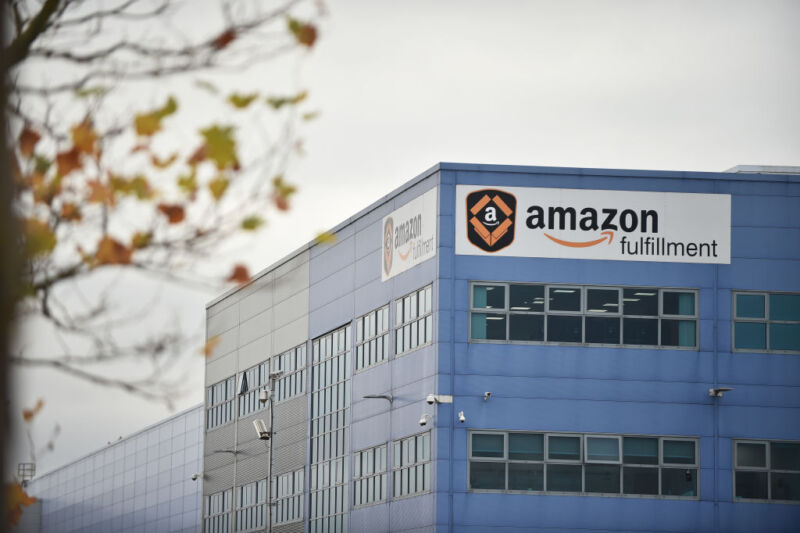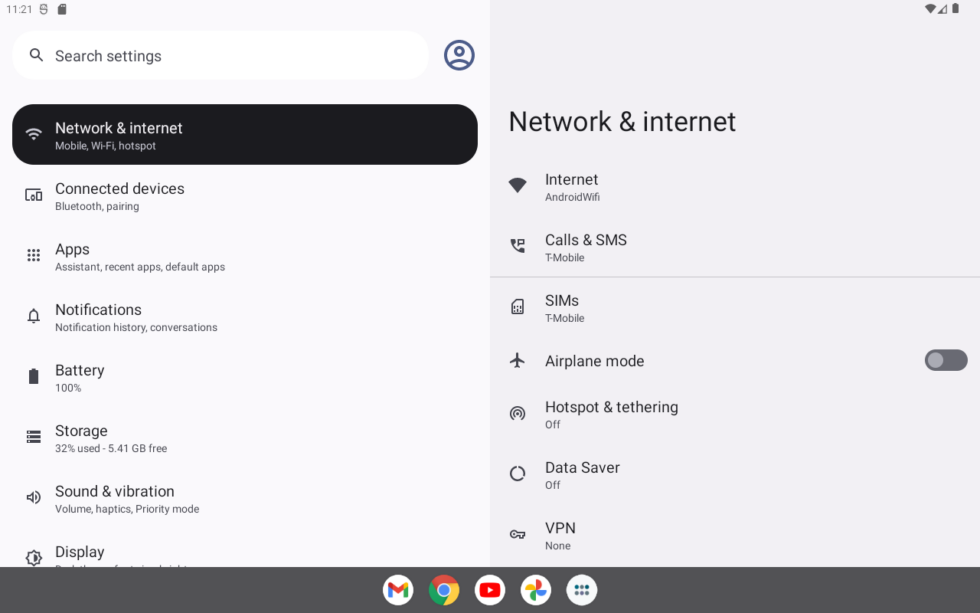How did a vast Amazon warehouse change life in a former mining town?

Enlarge / The Amazon Fulfilment Centre on November 24, 2021 in Rugeley, England. (credit: Nathan Stirk | Getty Images)
Avril John was nine years old when she overheard a conversation in a train station that would stick in her memory. She and her family were on their way from Northumberland in the north of England to a small town in the Midlands called Rugeley, where a modern coal mine had just opened.
The year was 1960, and her father was one of many miners moving to the area for work. They were met at Birmingham station by a man from the National Coal Board. “I will always remember, for all I was only nine, how he said to my dad that [the mine] had just opened and it was guaranteed work for 100 years.”
Thirty years later, the mine closed. In 2011, the US online retailer Amazon opened a warehouse the size of nine football pitches right on top of it. When John, by then a 60-year-old, applied to work there, no one was making the kind of promises given to her father all those years ago: “At the Job Centre, it was stressed that it was till Christmas, possibly Easter, and maybe, maybe, a permanent job at the end of it. When I went to do my tests for the agency, it was stressed again: maybe.” None of her new colleagues should have been surprised when their jobs didn’t prove to be permanent, she says.
Leaked ransomware documents show Conti helping Putin from the shadows

Enlarge (credit: Wired | Getty Images)
For years, Russia’s cybercrime groups have acted with relative impunity. The Kremlin and local law enforcement have largely turned a blind eye to disruptive ransomware attacks as long as they didn’t target Russian companies. Despite direct pressure on Vladimir Putin to tackle ransomware groups, they’re still intimately tied to Russia’s interests. A recent leak from one of the most notorious such groups provides a glimpse into the nature of those ties—and just how tenuous they may be.
A cache of 60,000 leaked chat messages and files from the notorious Conti ransomware group provides glimpses of how the criminal gang is well connected within Russia. The documents, reviewed by WIRED and first published online at the end of February by an anonymous Ukrainian cybersecurity researcher who infiltrated the group, show how Conti operates on a daily basis and its crypto ambitions. They likely further reveal how Conti members have connections to the Federal Security Service (FSB) and an acute awareness of the operations of Russia’s government-backed military hackers.
Hogwarts, Moon Studios, and the game mess | GB Decides
The games industry has a couple of messes happening at the same time, and the GamesBeat Decides crew tries to navigate it.Read More
Neuro-symbolic AI could provide machines with common sense

Machines could plan their actions based on mental representations of the world they develop through intuitive physics and neuro-symbolic AI.Read More
How AI will change the data center and the IT workforce

As with most everything AI touches, the data center will become leaner, less costly to operate and achieve higher performance metrics.Read More
Python Compare Strings – How to Check for String Equality
Kaser Focus: Back to (magic) school

This week, we finally got a look and a release window for Hogwarts Legacy. Moon Studios is not a fun place to work.Read More
Please stop putting COVID-19 test solution in your eyes and nose, FDA says

Enlarge / A woman takes a swab as part of a COVID-19 antigen rapid test. (credit: Getty | NurPhoto)
The Food and Drug Administration is alerting Americans to the potential dangers of at-home COVID-19 tests after receiving reports of people egregiously misusing them, resulting in injuries.
In a safety communication released Friday, the FDA said it had received reports of injuries after people used the kits’ liquid test solution as eye drops or stuck the solution up their noses. “The liquid test solution is not supposed to touch your body,” the FDA wrote sternly. The agency also reported that some children had been injured after putting test components in their mouths and swallowing the solution.
“The liquid solutions may include chemical ingredients, such as sodium azide, that help the test work properly or act as preservatives,” the FDA wrote. “The test chemicals can be irritating or toxic if they get on your skin, nose, or eyes or if they are swallowed.”
Android 13 preview locks down notifications, adds more to the tablet taskbar
-

Check out the right side of the taskbar—it’s an app drawer! [credit:
Ron Amadeo ]
Android 13 Developer Preview 2 is out, and with it come a bunch of changes for the next version of Android. Preview 2 is still a very early look at Android 13, and most of the big feature reveals for these Android previews come during Google I/O. The good news is that Google just set a date for that event: May 11–12.
First up, if you’re disappointed at the relatively tame tablet changes brought about by Android 12L, know that Google is still working on tablet features. The latest Android 13 preview adds an app drawer button to the taskbar, letting you easily access all your apps from any screen. It’s a great addition, and it’s hopefully a sign of things to come for the brand-new taskbar added in Android 12L.
Next, it would be great if the Android taskbar worked more like a Windows or Mac taskbar. The Android taskbar shows the bottom row of home-screen icons, and that’s it. Instead, it should show pinned apps on one side and recently opened apps on the other. Other operating systems work like this because it makes sense. Google officially calls this a “Taskbar,” so shouldn’t current tasks appear in it?





